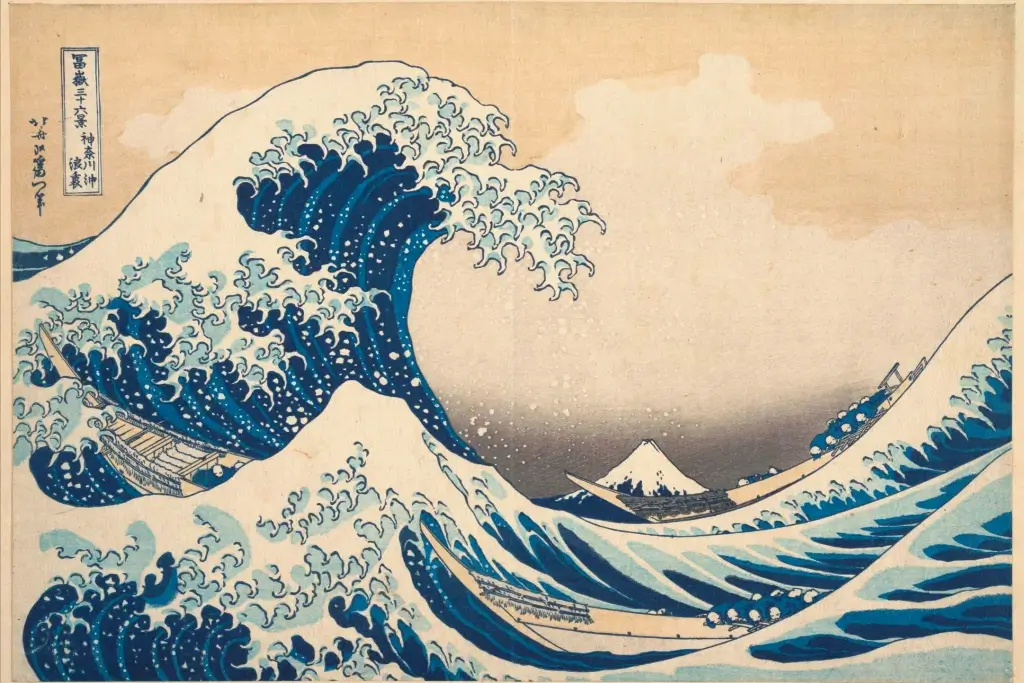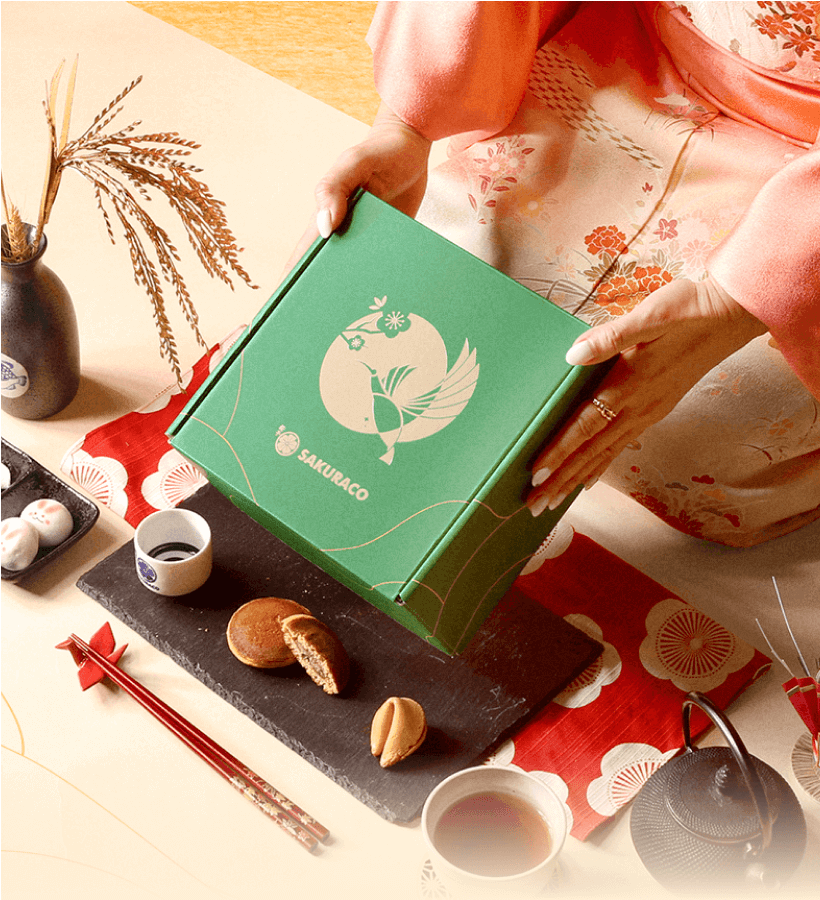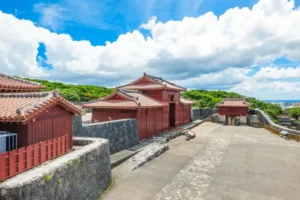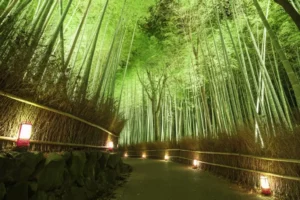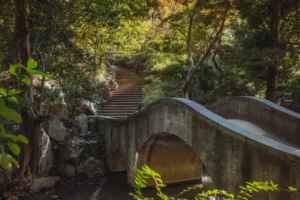Hokusai’s “The Great Wave off Kanagawa” is one of the classic masterpieces of Japanese prints. As one of the first Japanese artworks to gain global fame, The Great Wave helped introduce Japanese art overseas and shaped how the world views Japan’s rich artistry. Discover the novelty behind The Great Wave and how it influenced both the Japanese and foreign art scenes.
Table of Contents
ToggleWho made “The Great Wave Off Kanagawa”?
“The Great Wave Off Kanagawa”, also known as “The Great Wave” and “Under the Wave off Kanagawa”, is Katsushika Hokusai’s most beloved work of art. It is the first of a series of prints belonging to the Thirty-six Views of Mount Fuji. Hokusai (1760-1849) was born in the now-Sumida Ward during the Edo period (1603-1868). Landscapes from his hometown inspired him to create several prints, including the Ryogoku Bridge, Mimeguri Shrine, and Ushijima Shrine.
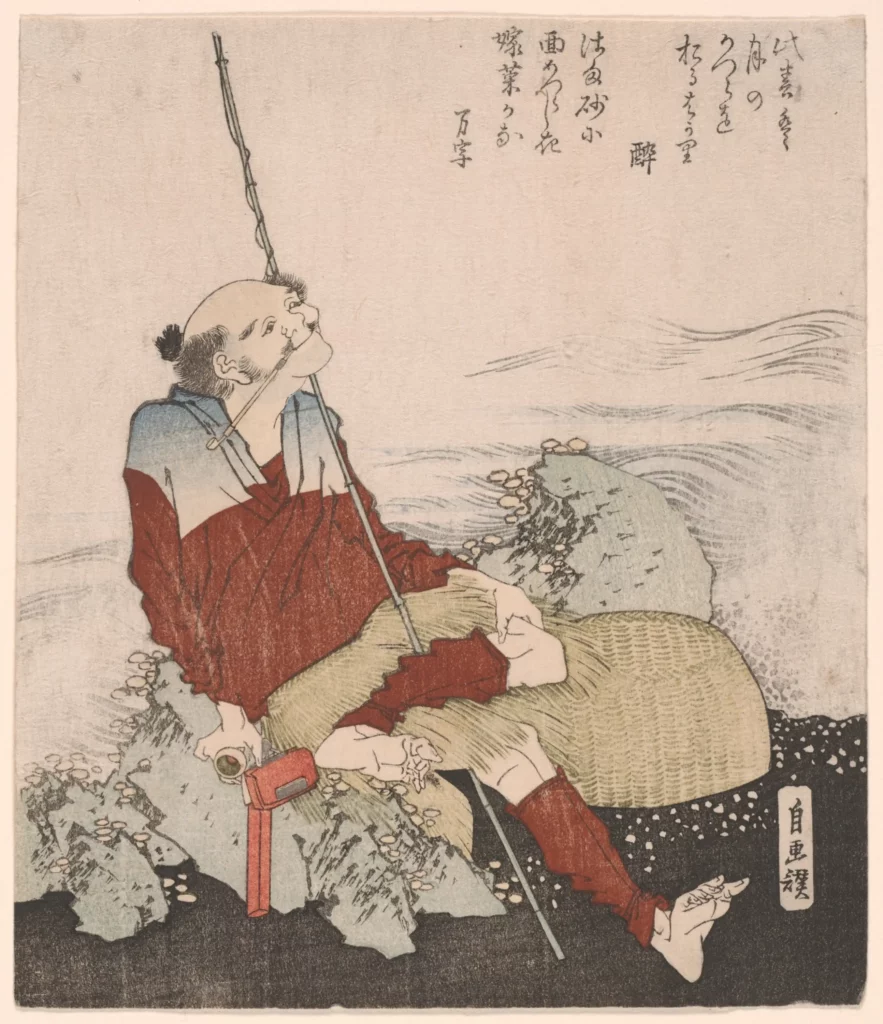
What made Hokusai Great Wave popular?
The most distinct feature of the famous Hokusai artwork is the arching waves about to devour three fishing boats, while a serene snow-capped mountain stands at the back. This contrast creates an interesting dynamic, depicting how nature can be both ravenous and tranquil within the woodblock print.
Another major contributor to The Great Wave’s popularity is its use of blue. In the past, Japanese people used the word “ao” (blue in English) to describe both blue and green items. This is because blue was rarely found in nature, so they used the same word for both colors. Thus, the shade of blue traditionally used in previous artworks, Indigo, was rather dull.
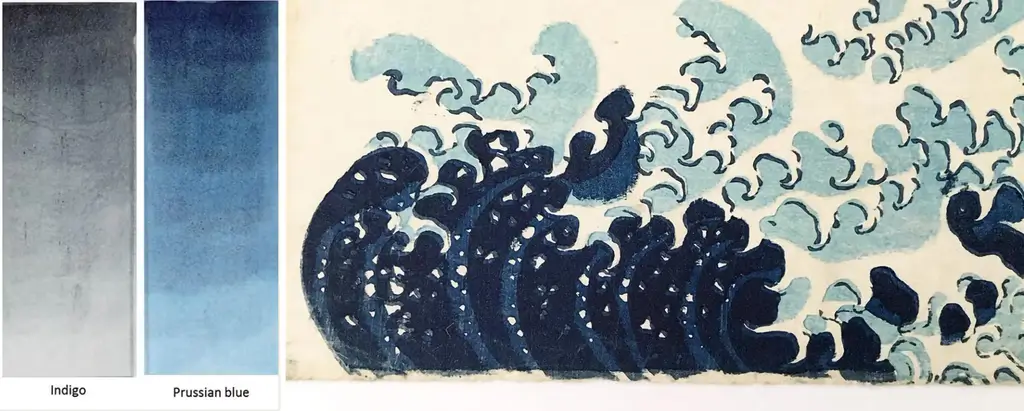
But the Great Wave used a bright, exotic blue that attracted people’s attention: Prussian Blue. North European manufacturers originally made the pigment Prussian Blue. It made its way to Japan thanks to Dutch traders during the 1830s, when Japan was in a period of national isolation or sakoku.
Hokusai masterfully incorporated these two pigments in the Great Wave. The alternating deep blue and saturated blue gives movement to the waves and enhances the print’s impact. This makes it a visually impactful and dramatic print.
The Great Wave’s Influence on European Artists
Hokusai Great Wave greatly impacted the French Impressionist movement, which later helped shape European Modernism, the artistic and philosophical movement defining the early 20th century. His work inspired numerous artists, some of whom include renowned names such as Vincent Van Gogh and Claude Monet.
Van Gogh was a known collector of Japanese art. In a letter to his brother, he wrote vividly about Hokusai’s Great Wave: “These waves are claws, the boat is caught in them, you can feel it.” Some Van Gogh experts believe that he was inspired by the woodblock print when he was making “The Starry Night”. This is due to its striking blue, the positioning of the waves, and the swirling of the sky, similar to the Great Wave.
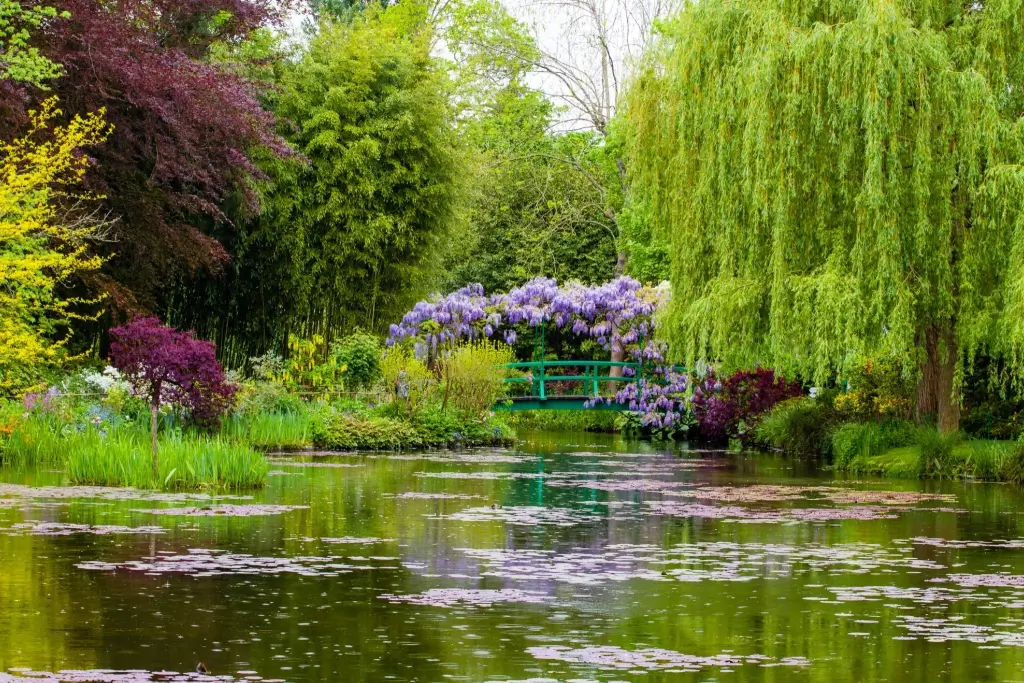
Monet was also greatly inspired by Japanese prints. He painted “Camille Monet in Japanese Costume”, featuring his wife in a splendid red kimono. On the red kimono was the image of a samurai unsheathing his sword. He also displayed his collection of Japanese prints around his house in Giverny. Monet remodeled his garden to mimic the ones in his prints, with a green Japanese bridge overlooking a river with swimming carp and surrounded by plants like maple trees and Japanese peonies.
Are you looking for great snacks to enjoy while viewing Japanese artworks? Check out Sakuraco! Sakuraco delivers traditional Japanese snacks, teas, and sweets from local Japanese makers directly to your door so you can enjoy the latest treats directly from Japan!

Modern-day Influence of the Great Wave
Hokusai Great Wave continues to influence media and culture today. You can see it printed on shirts, painted as nail designs, and even tattooed. In 2024, Japan introduced the new ¥1000 ($7) banknote, featuring the Great Wave on one side.
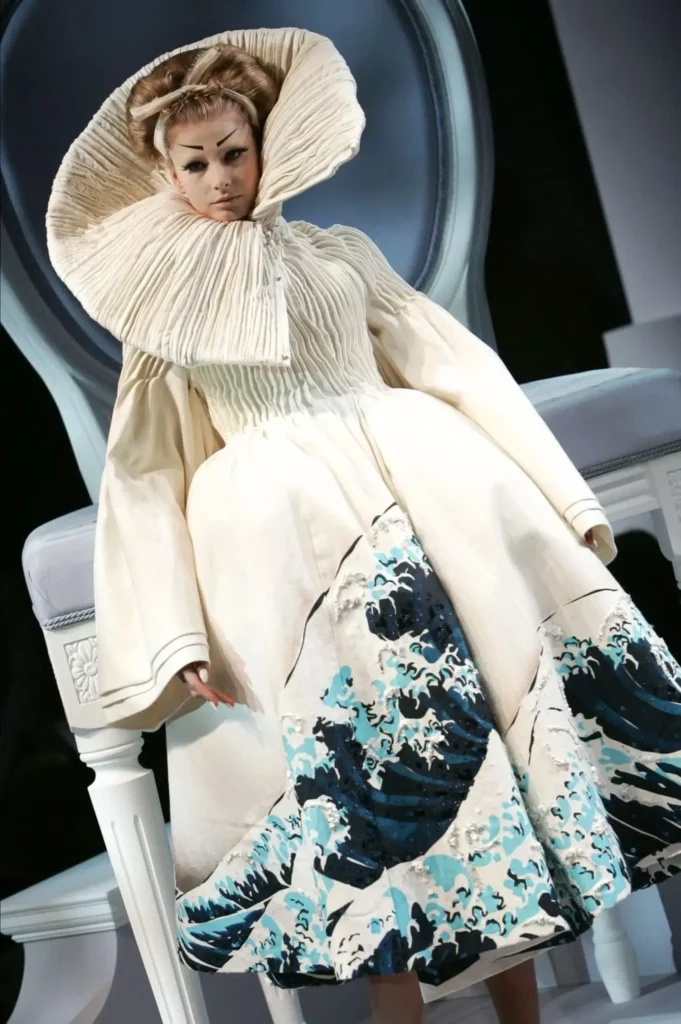
Fashion designer John Galliano also featured the work in his Spring 2007 Dior Couture show. He designed a white dress whose collar puffed out with little folds and a skirt with the Great Waves roaring from the hemline. Other examples include Tomorrow and Tomorrow and Tomorrow by Gabrielle Zevin, whose book cover highlights Hokusai’s Great Wave.
Hokusai Great Wave and Other Japanese Artworks
“The Great Wave off Kanagawa” is one of the most famous and iconic pieces of Japanese art. Its bold lines, beautiful colors, and powerful sense of motion make it stand out. The wave’s dramatic shape, the tiny boats beneath it, and the still Mt. Fuji in the distance show nature’s beauty and strength, which continues to capture people’s attention and inspire artists all over the world.
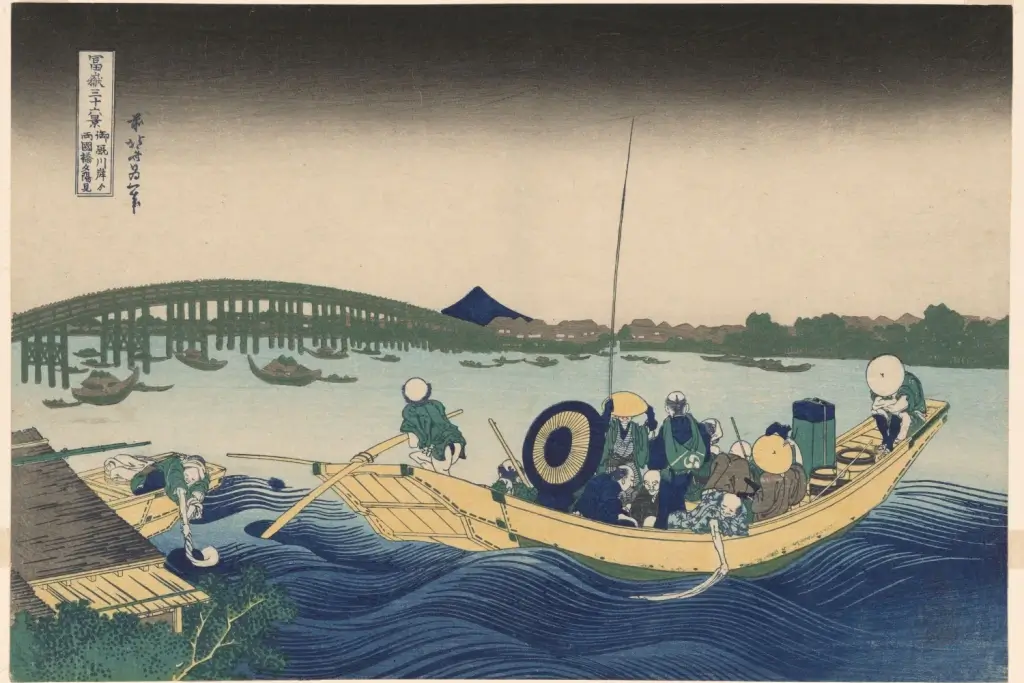
There is something truly unique to Japanese art. Explore other Japanese pieces like Hokusai’s Thirty-Six Views of Mount Fuji, Hiroshige’s The Fifty-Three Stations of the Tōkaidō, or traditional ink paintings called sumi-e, to better understand the skill and beauty behind Japanese art and why it inspires artists worldwide today. Is there any Japanese artwork you enjoy? Let us know in the comments below!


